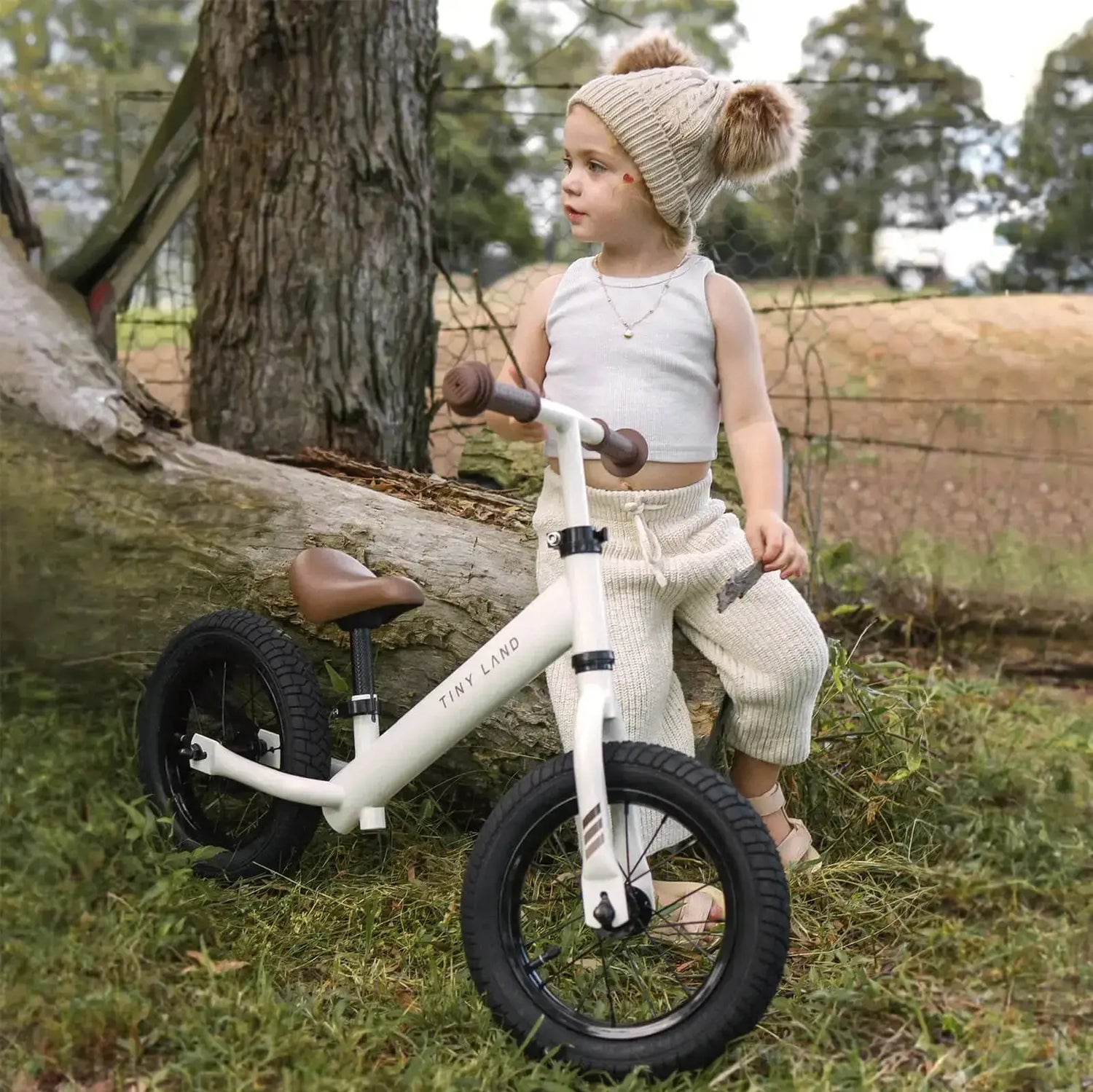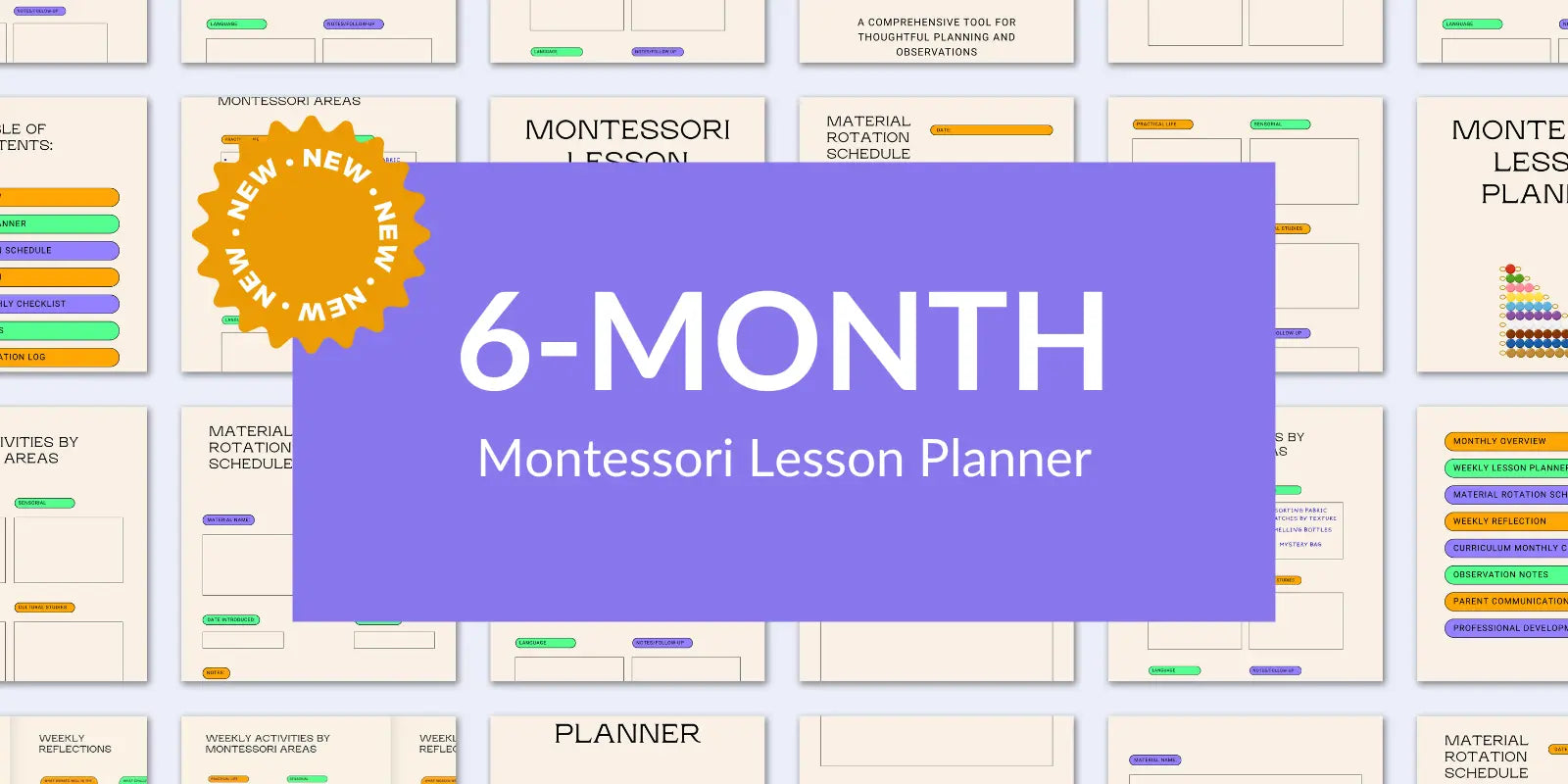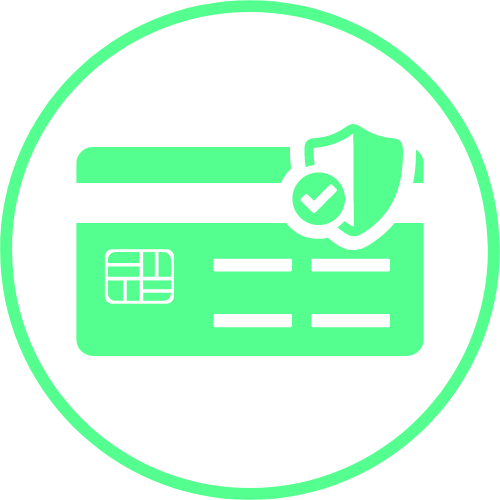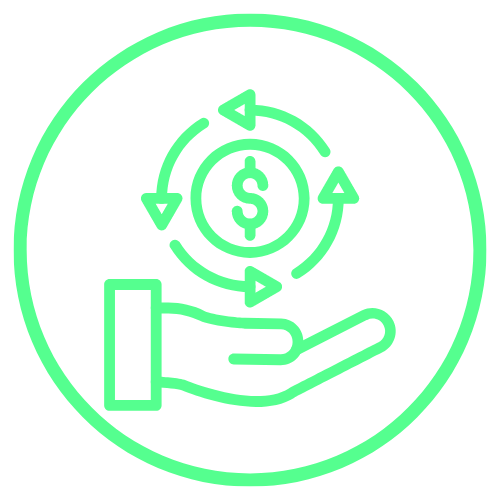Choosing the right balance bike for your child can make all the difference in starting their riding journey with confidence and fun.
But with so many options, from push bike striders to rocking balance bikes, understanding what makes a balance bike special and which features matter most is essential. This guide provides a comprehensive overview of balance bicycles, including why a bicycle without pedals is often better than traditional training wheels, the different types available, and how these pedal less bikes prepare kids to ride independently. Whether looking for a small bike without pedals or a balance bike rocker base for indoor use, you’ll finish with the knowledge to pick the perfect no pedal bike for your young rider’s needs.
What Is a Balance Bike and How Does It Work?
Understanding the Basics
A balance bike, sometimes called a non pedal bike or pedal less bike, is a small two-wheeled bicycle designed without pedals. Instead of pedaling, kids propel themselves by pushing off the ground with their feet and learn to balance on two wheels from the start. Unlike traditional pedal bikes that often require training wheels, a balance bike focuses solely on teaching balance and coordination, critical skills for riding confidently.
How Balance Bikes Help Development
The design of a bicycle without pedals encourages children to master balancing, steering, and braking in a simple, controlled way. As kids gain confidence, they progress naturally from walking or running with the bike to gliding smoothly, learning to maintain balance effortlessly without reliance on pedals. This makes transitioning to a pedal bike far quicker and less stressful.
Types of Balance Bikes: Choosing the Right Style
Traditional Balance Bikes vs. Rocking Balance Bikes
There are several styles of balance bikes to suit different learning stages and environments:
- Standard balance bicycles: These small bikes without pedals come with wheels and allow kids to scoot around outside. Lightweight frames and adjustable seats are common features.
- Balance bike rocker or rocking balance bike: These models include a balance bike rocking base or rocker base that lets toddlers practice balance indoors safely by rocking instead of rolling.
- Convertible balance bikes: Some push balance bikes can be converted to pedal bikes by adding pedals once the child masters balancing.
Specialty and Training Bike No Pedals
Other variants include the push bike strider model, which usually emphasizes maneuverability and light weight, making them ideal for small kids starting out. Whether your preference is a rugged training balance bike or a playful balance bike rocker, selecting the right type depends on your child’s age, riding environment, and comfort.
Key Benefits of Using a Balance Bike Over Pedal Bikes with Training Wheels
Why Choose a No Pedal Bike?
The primary advantage of balance bikes is that they teach true balancing skills early on, unlike pedal bikes with training wheels. Training wheels often hinder balance development because they support the bike unevenly, requiring children to unlearn that imbalance later. In contrast, bike without pedals allow kids to develop coordination and muscle memory naturally.
Additional Advantages
- Faster transition to pedal biking: Children who learn on a pedal less bicycle usually move to pedaling in just a few lessons.
- Lightweight design: Balance cycles are typically lighter, making them easier for small kids to control and carry.
- Improved safety: Kids learn to control speed and stop using their feet, reducing fall risks.
- More independence: Toddlers as young as 18 months can start using balance bikes, promoting early confidence.
- Versatility: Some models come with optional rocker bases, allowing indoor use before outdoor riding.
Essential Features to Look for in a Balance Bike
Size and Fit
Proper size is crucial for comfort and confidence. Measure your child’s inseam and select a balance bike with an adjustable seat height that allows their feet to touch the ground easily while sitting. Small bike without pedals should fit snugly to facilitate balance without overwhelming the child.
Tires: Air vs Foam
Tire type affects ride quality. Air tires provide a smoother ride and better traction, ideal for outdoor surfaces. Foam tires are maintenance-free and great for indoor or smooth pavement use but offer less cushioning.
Weight and Frame Material
A lightweight frame, often aluminum or composite materials, helps young riders manipulate the bike easily. However, durability is important too, so balance between lightness and sturdiness when choosing.
Additional Features
- Hand brakes: Not essential for very young toddlers but useful for training balance bike models aimed at preschoolers.
- Footrests: Some pedal less bicycles include footrests to allow feet up while gliding.
- Handlebar grips and seat comfort: Padded seats and ergonomic grips enhance long-term usability.
- Rocking base compatibility: If considering a balance bike rocker or rocker base, check for compatibility.
How to Teach Your Child to Ride a Balance Bike
Step-by-Step Progression
Teaching a child to ride a balance bicycle involves four natural stages:
- Standing and walking: Encourage the child to push it while standing and walking next to the bike.
- Sitting and walking: Teach them to sit on the seat and walk it forward using their feet.
- Sitting and running: Once comfortable, kids begin to pick up speed running while seated.
- Gliding and balancing: The ultimate goal—floating with feet off the ground and balancing effortlessly.
Tips to Encourage Practice
Make rides fun and low-pressure. Let kids explore at their own pace and celebrate small achievements. Using a balance bike rocker indoors can help build confidence before venturing outside on the real bike with no pedals.
Common Questions About Balance Bikes Answered
Can You Add Pedals to Any Balance Bike?
Not all balance bikes support pedal conversion. However, some models, like certain push bike striders, include kits to add pedals, transforming the bike into a beginner pedal bicycle. It’s best to check the manufacturer’s options before purchasing.
Is a Balance Bike Suitable for All Ages?
Balance bicycles are primarily designed for toddlers and preschoolers, typically between 18 months and 5 years. Some companies do offer larger training balance bikes for older kids, but size and seat height should guide the choice.
Why Choose a Rocking Balance Bike Base?
A balance bike rocking base is perfect for toddlers who are not yet ready for riding outside. It allows rocking motion indoors to build confidence and balance skills in a controlled environment.
Popular Balance Bike Models and Innovative Designs
Push Bike Striders and Small Bikes Without Pedals
Many popular balance bicycles, such as push bike striders and small bike without pedals designs, focus on ease of use and light weight. These models often feature adjustable seats and durable foam or air tires. Striders are well known for their simplicity and ergonomic design that grows with your child.
Balance Bike Rocker and Conversion Options
For those wanting multi-functional options, balance bike rocker models offer the ability to practice indoors. Convertible balance bikes allow parents to add pedals later, providing a longer lifespan for the bike as it grows with the child.
Maintenance and Safety Tips for Balance Bikes
Keep It Safe and Ready
Routine checks on the bike without pedals should include tire pressure, seat height adjustment, and handlebar tightness. Regularly inspect grips, brakes (if present), and frame integrity to ensure safe riding conditions.
Choosing Safety Accessories
Always pair a balance bike with a properly fitting helmet. Additional pads and reflective gear improve safety during outdoor rides. Many brands also offer matching bike locks and child-friendly bells to complement the balance cycle experience.
In summary, selecting the perfect balance bike depends on understanding the unique benefits, different types, and key features that suit your child's age and riding ability. From pedal less bicycles and no pedal bikes to balance bike rocker bases for indoor use, these thoughtful choices set kids on a stress-free path to riding independence. Explore various models that balance lightweight designs, adjustable features, and durability to find the ideal fit. Ready to start your child’s balance bike journey? Discover our top recommendations and tips for choosing the best balance bike today.








Dejar un comentario
Todos los comentarios se revisan antes de su publicación.
Este sitio está protegido por hCaptcha y se aplican la Política de privacidad de hCaptcha y los Términos del servicio.